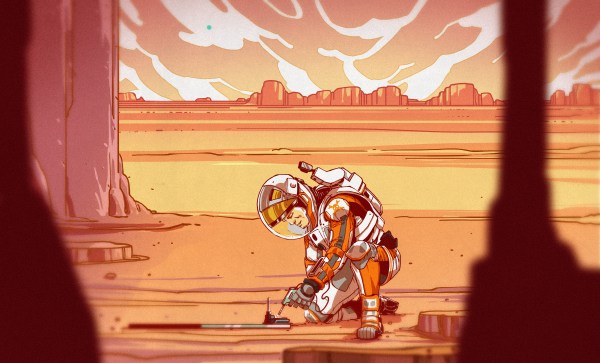It’s been 6 years since the hacker’s treat of a book, “The Martian” by Andy Weir, was self-published, and 2 years since the movie came out. We’ve talked about it briefly before, but enough time has passed that we can now write-up the book’s juicier hacks while being careful to not give away any plot spoilers. The book has more hacks than the movie so we’re using the book as the source.
For anyone unfamiliar with the story, Mark Watney is an astronaut who’s left for dead, by himself, on Mars. To survive, he has a habitat designed for six, called the Hab, two rovers, the Mars Descent Vehicle (MDV) they arrived in, and the bottom portion of the Mars Ascent Vehicle (MAV), the top portion of which was the rocket that his five crewmates departed in when they left him alone on the inhospitable desert planet. If you haven’t read it yet, it’s easy to finish over a long weekend. Do yourself a favor and pick it up after work today.
Making Water
Watney’s major concern is food. They sent up some potatoes with the mission which will sprout roots from their eyes. To grow potatoes he needs water.
One component of the precious H2O molecule is of course the O, oxygen. The bottom portion of the MAV doesn’t produce oxygen, but it does collect CO2 from the Martian atmosphere and stores it in liquid form. It does this as one step in producing rocket fuel used later to blast off from the surface.












